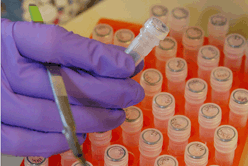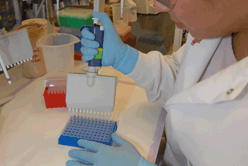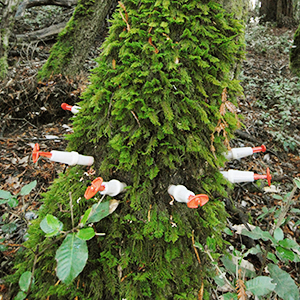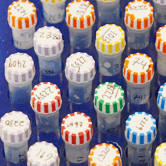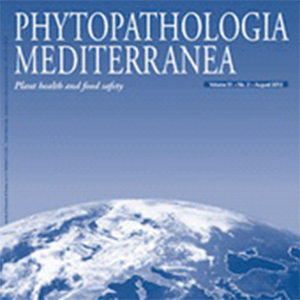– The gold standard for P. ramorum detection. – Highly specific for species identification. – Eliminates false negative and false positive results. Con: Jump to Other SOD Diagnostic Methods: This activity possible thanks to funding from: Disclaimer: Mention of any company, trade name, or commercial product does not constitute endorsement by the University of California or recommendation for use. |
||||||
UC BERKELEY FOREST PATHOLOGY AND MYCOLOGY LAB
matteolab.org

